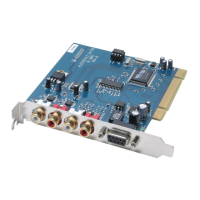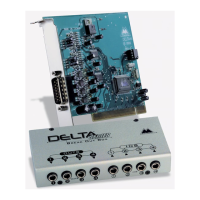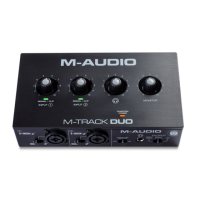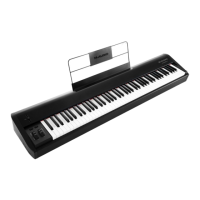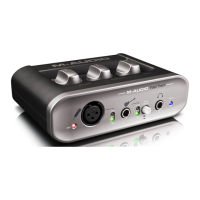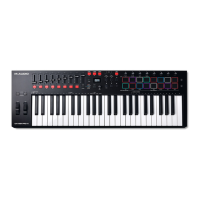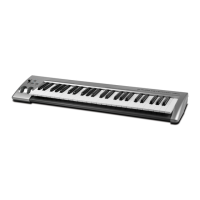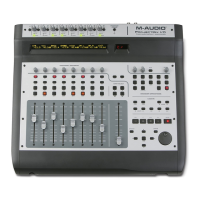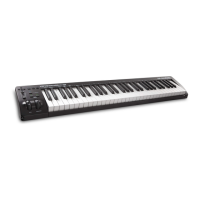You may view the list of assigned I/O addresses by selecting the "Input/output
(I/O)" radio button below the "Interrupt Request (IRQ)" radio button at the top
of the Device Manager page. I/O addresses are displayed as 16-bit hexadecimal
numbers, therefore one might note that an address of 300h (the default address
of the Winman 4X4/s, for instance), will read "0300" in this list.
If scanning all the resource lists in the Device Manager does not provide an
answer or clue to the resource conflict, you might want to exit Windows and do
a final inspection of your computer’s BIOS setup. Some newer BIOS’s (see your
computer manual) allow the reservation of an IRQ for each PCI slot on the
motherboard. This may be very handy in resolving IRQ assignments for PCI
devices.
Also, sometimes a BIOS is configured to direct a particular IRQ to an ISA legacy
device (non-PnP ISAcard), and needs to be told to look for a PCI/ISAPnP device
(some systems default to this, especially with IRQs 3 and 4). Consult your
computer or motherboard manual for advice on how to do this.
Finally, with some systems you will reach the dead-end realization that you have
no available IRQ’s – every one of them is assigned to some device in the system.
This most typically occurs with pre-packaged computers made by the big-name
O.E.M. computer companies. These computers have so many features packed
into them that every IRQ is consumed. In this type of situation, some kind of
reconfiguring or reprioritizing your system is in order. Optionally, Windows
may allow you to create a second "hardware configuration" which disables some
of the installed devices and makes their resources available for general use. See
your Windows documentation for information on this subject.
44
